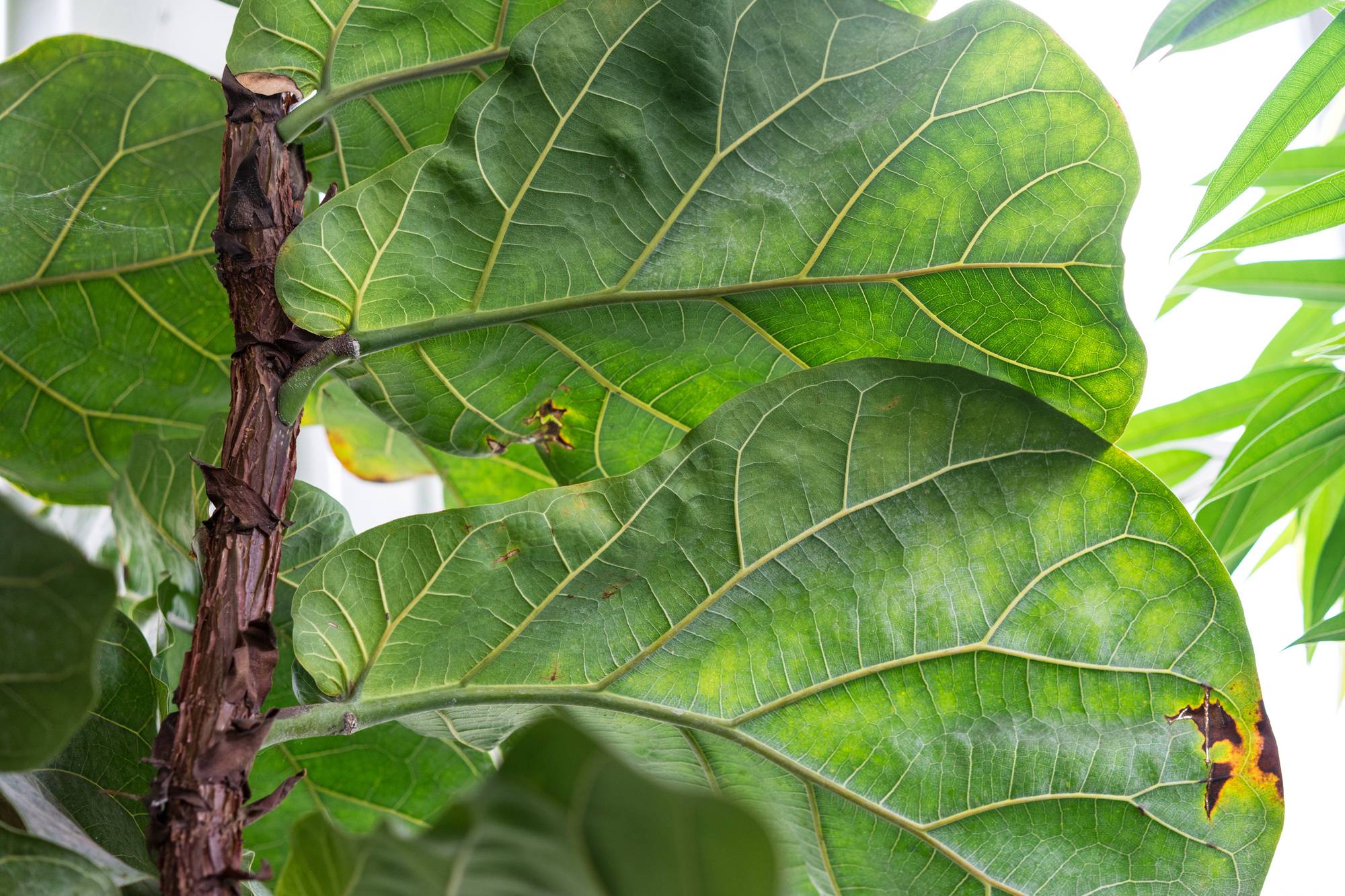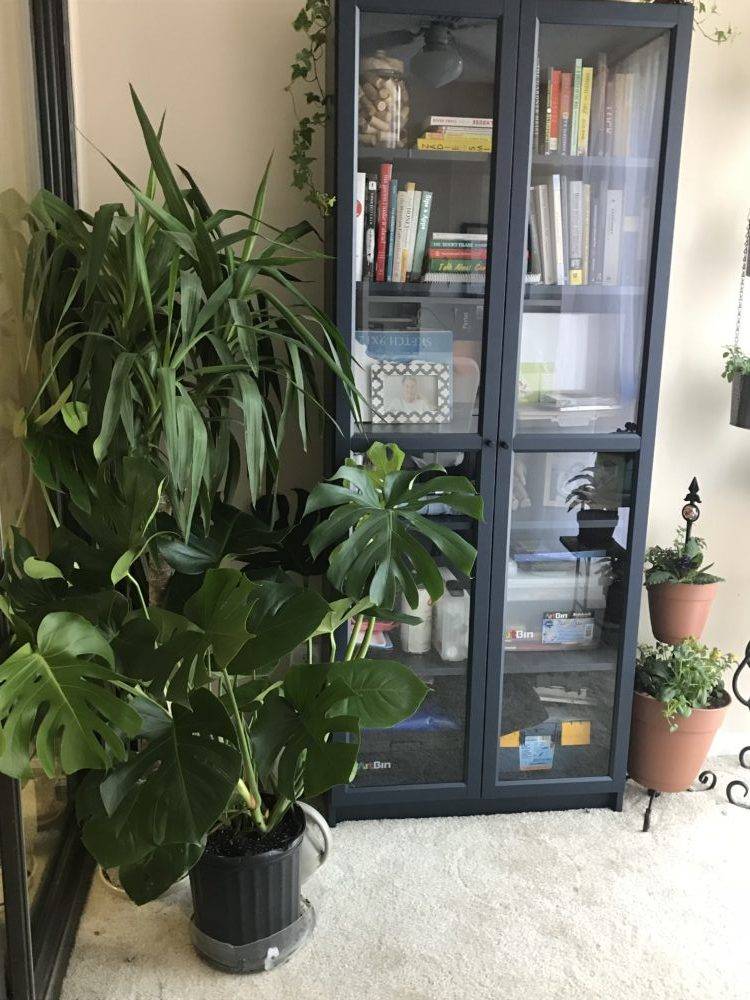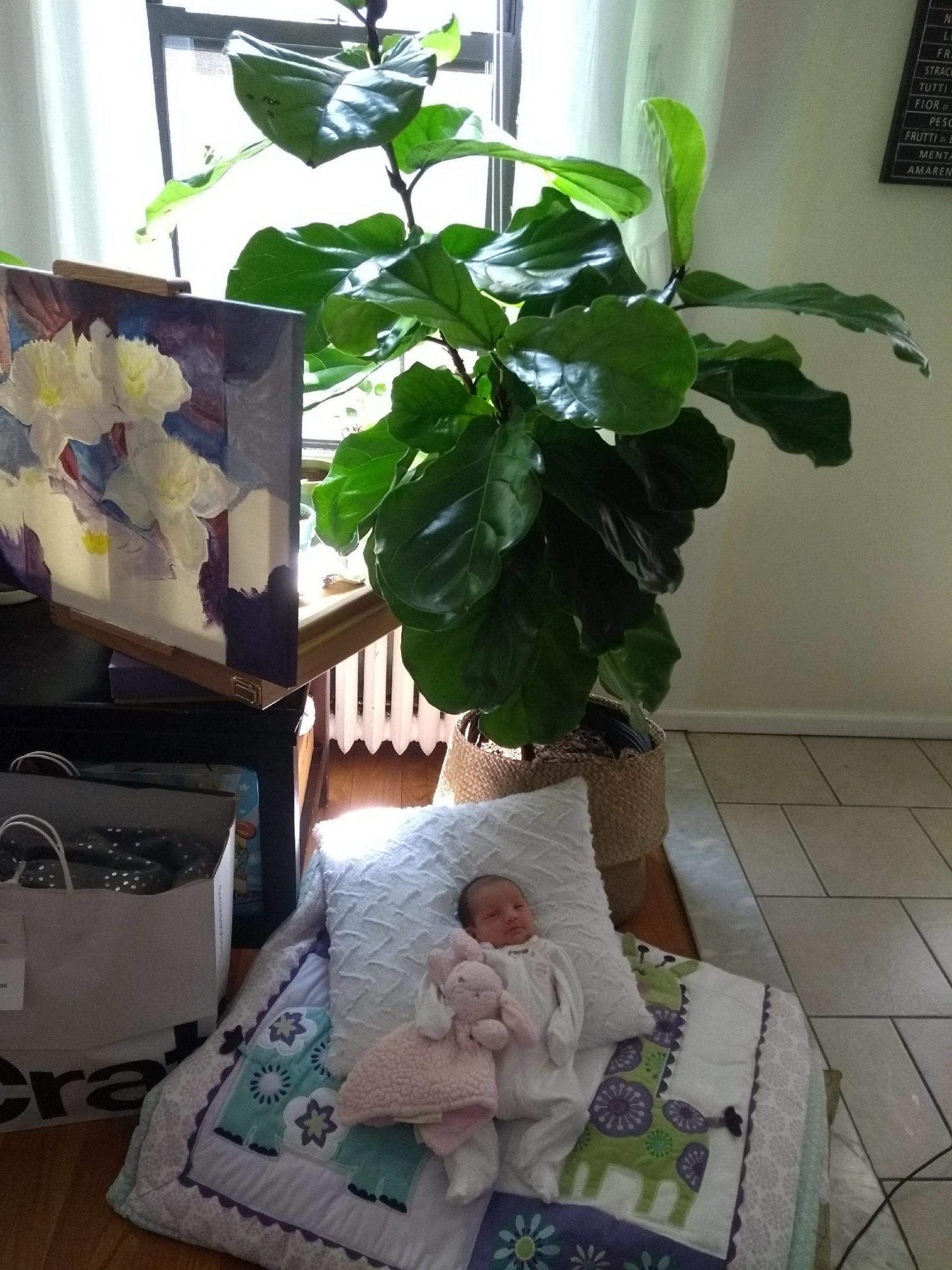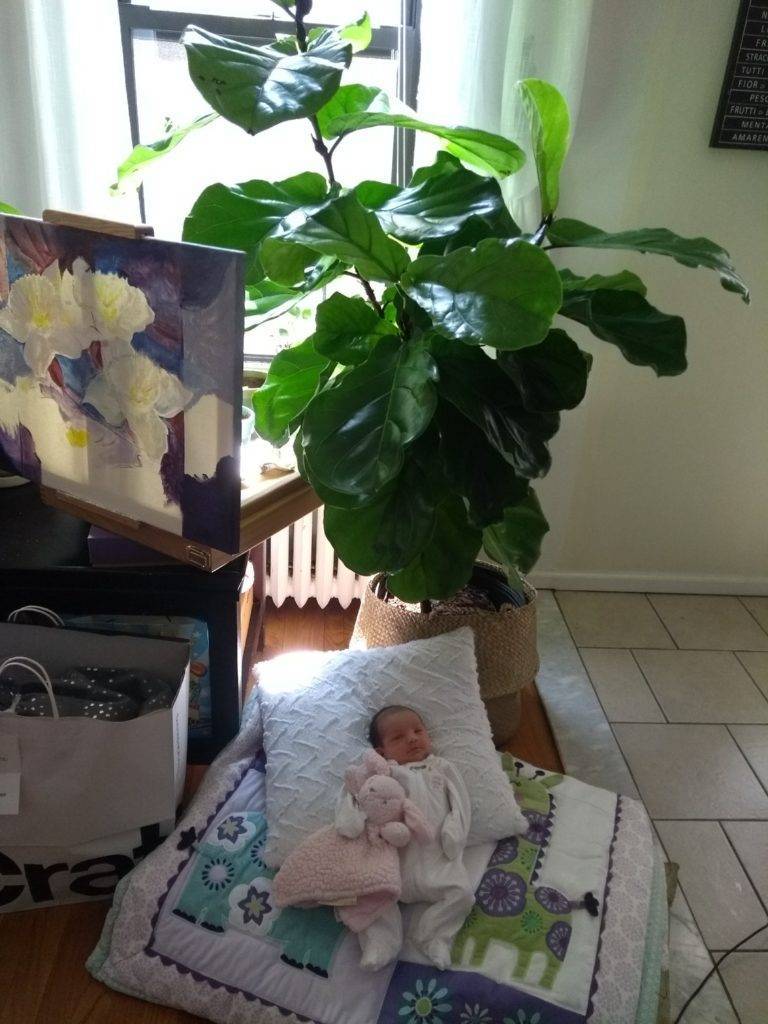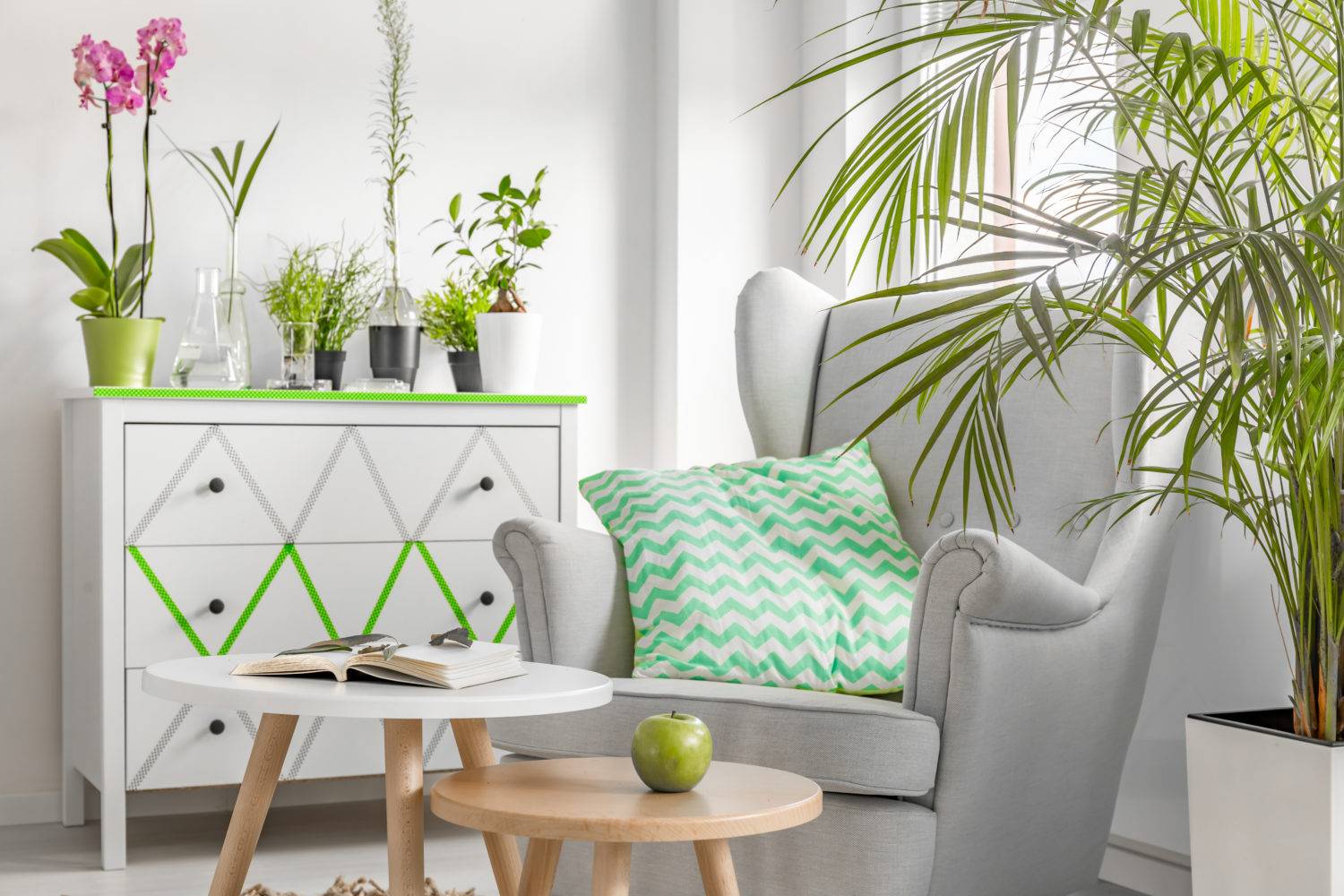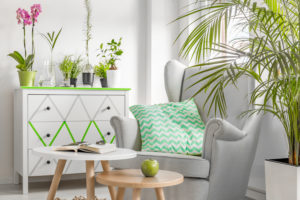Bringing you our top Valentine’s Day plant picks and some helpful plant tips as well! Ditch the cliché flowers and go for a gift that can last, with PLANTZ!
No Light No Problem
Does your apartment or home lack windows and natural light but you still love filling the space with plants? Are you struggling to be a good plant parent? We know how you and your plants feel! Forget trying to revive all of your old, dying plants and make smarter plant purchases from the get-go to avoid these problems in the future. Sometimes it is not you, it is truly the environment’s fault; so, do not blame yourself, let us help you find the solution.
Some plants do far better than others without sunlight and we are here to tell you a few that do so you don’t have to worry or stress any longer and find your perfect plant buddy.
The Aglaonema and the ZZ Plant are some of the best houseplants because they do not require as much sunlight as the other indoor plants you may encounter. The Ag should not receive too much direct sunlight because its leaves can actually turn yellow extremely fast causing a plant like version of a sunburn. ZZ Plants are very popular for indoor spaces with no windows because they can thrive in bright fluorescent lights instead of authentic sunlight. They do not like direct sunshine as the sun can cause dried-out leaves as well. These are great options and our top picks for windowless rooms, apartments, and dorm rooms.
Pretty in Pink
It is pink and it sure is pretty. How often do you see a pink plant? I mean that is pretty awesome! Checkout our Marginata Colorama and its jaw dropping beauty. Little did you know that this plant is one of the most sought-after houseplants and will bring in some color into any type of space. This plant requires medium to indirect sunlight and it is comfortable in room temperatures between 65-80 degrees, so that is something to keep in mind when looking into this plant.
In order to keep the plant pretty and bright it is imperative to water it the proper way. Make sure to water it well and allow the top half of the soil to dry before watering again. You might also want to invest in a Soil Sleuth to properly check below the soil surface for moisture.
Watering tip 101: Brown tips on the leaves indicate overwatering and yellow leaves indicate that the plant is in need of a good watering. In addition to the Marginata Colorama watering requirements it does have some plant food requirements as well. The Marginata Colorama likes to be fed every two weeks in the Spring and Summer, whereas it is not necessary to feed it in the Winter months when the plant growth is extremely slow, almost like a form of plant hibernation.
Pink is one of the signifying colors of Valentine’s Day so what better plant to gift or get for yourself! Love yourself this Valentine’s Day and treat yourself to a pretty pink plant to last long after Valentine’s Day has ended. Or use this as a unique Valentine’s Day gift option for someone else.
Looking for Better Sleep?
The Areca Palm also known as the “Tropical Air Cleaner” is one of the most efficient plants for purifying the air. It has the ability to remove harmful toxins from the air, preventing any air-pollution related diseases while you are sound asleep! The Areca Palm is a large plant with a high transpiration rate which allows it to respire more oxygen. This plant releases moisture into the air and makes it much easier to breathe while you are nodding off to sleep. Get this buddy for the Love Day, if your loved one suffers from sleep apnea or worries about air toxins!
That’s a stretch, but oh well.
One for the Pet Lover
Love your pets, but love your plants too? You do not have to compromise between the two, turns out you can be the best pet and plant parent out there all in one with the Kentia Palm. Kentia Palms are non-toxic to cats and dogs and it looks similar to the Areca Palm but it is actually slightly bigger. The Areca Palm is also non-toxic if you are looking for the Palm plant of your dreams but want a little bit of a smaller version. It is a Valentine’s Day gift to yourself AND a gift for your pets! Happy Love Day to all the cats and dogs out there.
Houseplant Routine:
So you have your Valentine’s Day plant… Now what? You have to care for it properly!
Daily:
What do you need to be doing daily for your new plant lover?
Sunlight: Open the blinds before leaving for your day, let that baby bathe in some sunshine.
Water: Make a plant care notebook to track and schedule when you need to water, you can even get all of your plants on the same schedule and have one big watering day!
Prune: Take some gardening shears to trim off dead bits around your plant.
Shake and Rotate: It is important to give the stem of your plant a good wiggle every few days or at least once a week. This is especially important if you have a Fiddle Leaf Fig. If the plant looks to be bending towards the sun make sure to rotate the plant once a week, so sides do not become uneven, we don’t play side favorites here!
*This is all dependent on the type of plant you purchase, you can refer to our site and plant care guides to get a better understanding of what your plant needs.
Monthly:
What should you be doing monthly with your new plant?
Dust: Wipe the plant leaves with a damp sponge with soap and water to keep it clean and fresh. This also prevents bacteria and disease.
Fertilize: Drop a small amount of indoor plant fertilizer in a watering can. Repeat this for a month or two during the springtime.
Repot: If they are outgrowing their pots, grab them a new one so they are comfy!
*This is all dependent on the type of plant you purchase, you can refer to our site and plant guides to get a better understanding of what your plant needs.
Plant Accessories
Treat your plant! Your plant deserves to accessorize a little bit and show off its individuality. It is time to talk about plant decor, because your plant deserves to feel as stylish as its owner!
Wood Plant Stands. Take a look at our shop section to see some of our unique plant stands, but if none of those quite do it for you, you can design your own!
Total Cost: $7 – $15
Time Needed: 20 – 30 minutes
Supplies Needed:
- 1 ¼ inches in thickness dowel
- 3 by 3 Metal T Plate
- Flat head screwdriver
- Hammer
- Longer and shorter screws
- Sandpaper
- Marker
- 1×3 or yard stick
- Wood slice
Tools Needed:
- Drill
- Miter saw
Step 1: Remove the bark from your wood slice. Use a flat head screwdriver and a hammer to chip away rough edges. Lightly sand the edges and top.
Step 2: How to cut your dowels to size. For straight legs you need to mark and cut.
Step 3: Attaching your T Plate to the Legs
Once you have your dowel cut to size you should see a slight angle when holding the legs a certain way. Find the highest point of the angle and mark it with a marker. Then pre-drill a hole in the dowel. Following this, attach the T plate onto the dowel.
Step 4: Attaching the legs to your plant stand
Once you have attached T plates to all the legs lay them onto your wood slice. Make sure the little marks you made earlier are facing in towards each other. Use a marker to mark where you want the legs before attaching them. As far as attaching the legs go make sure they are close to the edge of the wood in a triangle shape. Then pre-drill the holes before attaching T plates with screws.
Planters and Pots
What about planters and pots? You do not have to go with the traditional ceramic pots that we so often see. Why not try out something more authentic and unique. We have some awesome wicker baskets and cylinder pots that come in all shapes, sizes, and colors.
Try a woven basket! Here at PLANTZ we have them in a variety of patterns and colors that will give you the boho chic look that can really tie a room together.
The bohemian design not your style? That is totally okay! Try out one of our clay bottom planters for a modern feel but still remaining classic and neutral in color.
Bugs on Houseplants
Here are some non-chemical ways you can control pests and diseases on your brand new Valentine’s Day plant purchase.
You can…
- Mist your plants with clean water where there is a risk of red spider mites, to keep them at bay.
- Regularly remove the dead leaves and flowers from your plant.
- Use insecticidal soaps, which are ideal against a wide range of insects and very safe for your plants.
- Investigate biological controls which means using other insects to control pests.
Prevention tips:
- Inspect the plant before you purchase it or after your order comes in, make sure there are not any suspicious insects looming around.
- Avoid leaving dead flowers and leaves around plants once they have fallen off. This is a place for disease and bugs to fester.
- Check root balls for soil pests.
- Do not use garden soil instead of potting compost for an indoor plant. Indoor plants operate differently than your average garden plant and should be treated differently.
Pests to watch out for:
- Aphids – Green sap-sucking insects that excrete honeydew, which attracts ants and encourages the presence of a fungal disease called sooty mold.
- Mealy bugs – The main pest of houseplants. White lice-like creatures that suck sap causing distortion and yellowing of leaves.
- Red Spider Mites – They suck leaves causing mottling.
- Thrips – fly-like insects that jump from plant to plant. They pierce leaves and flowers.
All of these are things you can keep an eye out for and watch to take preventative measures with your new plant purchase.
…and without further ado, our top PLANTZ pick for Valentine’s Day
The Lisa Cane
The Lisa Cane conveys elegance and it’s one of the best performers in low-light spaces. Hey good news Lisa’s pretty easy to keep clean and does not drink tons of water either. The Lisa Cane does great in indoor spaces and thrives when they are fertilized in the Spring and throughout the Fall, so it is the perfect time to purchase one in preparation for the upcoming Springtime!
Back to our roots:
The Dracaena Lisa Cane is native to southeast Africa and has dark glossy leaves that come out of its slim trunk. With this being said, it is a plant with narrow growth, so it is great for the corner spaces in your home! Dracaena is a genus of forty species of subtropical, evergreen, and woody plants. The Dracaena Lisa Cane is sometimes mistaken as a palm; however they are more closely associated with lilies. The name Dracaena is derived from the Greek work “drakaina” which is a female dragon. The link between plant and beast is the red gum that produces from when the stem is cut. With this red gum thickens it resembles dragons’ blood (hence its name).
When should I be feeding my Lisa Cane?
It is important to fertilize it once a month and you do not need to fertilize your plant within the first 12 months of receiving it. During this time it will use the residual nutrients that were added from nursery production. Then, after 12 months your Lisa Cane should be fed quarterly with a complete fertilizer.
The Lisa Cane will not bug you:
Ain’t nobody likes or has time for the creepy crawlers, especially the Lisa. The Lisa is not a big target for pests woohoo! Mealybugs will be the main pest, and sometimes scale affects the plants. These two things can be easily maintained as you just need to wipe down the infested area with a soapy solution. It can sometimes take numerous cleanings to free the plant completely of the pests, but just remember to stay on it because it will pay off in the end.
Proper Watering and Hydration for Lisa:
The Lisa Cane is cultivated in Hawaii and is grown in lava rock characterizing it with very forgiving watering requirements. The Lisa Cane can go up to a whole month and sometimes even a few months between waterings. The Dracaena favor their soil to be dry in between waterings, but the soil does not have to be dry all throughout the pot.
Less time, less pruning:
Less work for you! Your lovely low-maintenance Lisa does not need to be pruned unless your plant is not meeting the dimensions of its intended space like lighting and watering and so forth and so on. However, older leaves may start to yellow, and those leaves may be pruned or gently torn off. Then, bringing us to the brown leaves. These may be trimmed off to the contour part of the leaf.
Maintenance Tips:
Blooms: They occasionally appear on Dracaena. The blooms should always be cut away in interior conditions since they exhaust the plant’s vitality.
Avoid Asymmetric growth: Make sure you rotate your plant to avoid leaning. If the cane does start to lean, it can be pushed back into its upright position and soil can be packed on the side to stabilize it but do so gently.
Brown spots: These spots are common especially in the beginning of its growth period. Some reasons for this are overgrowth and mineral burn. Also, the roots of this plant can sometimes grow outside the bottom of the pot. If they do they should be cut back. It is also beneficial to water the plant with low mineral content water, as high mineral content water builds up over time and ends up burning the plant leading to a shorter plant lifetime.
Yellow spots: Overwatering is the number one cause for yellow leaves. These leaves essentially lose their semi-rigid bearing and begin to look limp. They will start to droop downwards in the process of turning yellow.
Trust me you will love the Lisa, she will be very easy to keep healthy, does not require a ton of light, and will look gorgeous in your living room, kitchen or bedroom which will leave you happily unbothered and quite in love!
We hope these plant suggestions and tips made you smile this Valentine’s Day, now we want you to go share some love! XOXO
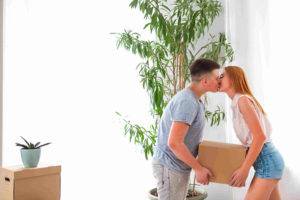









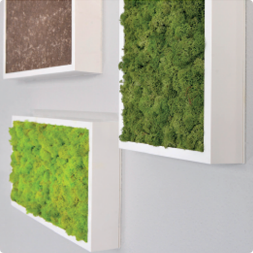










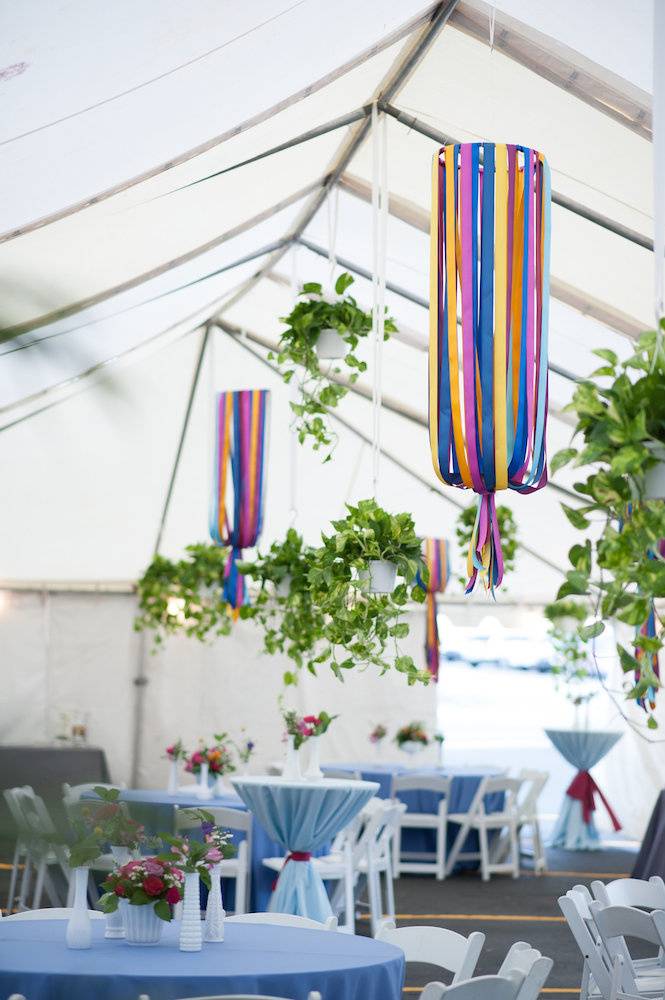
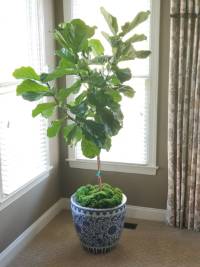
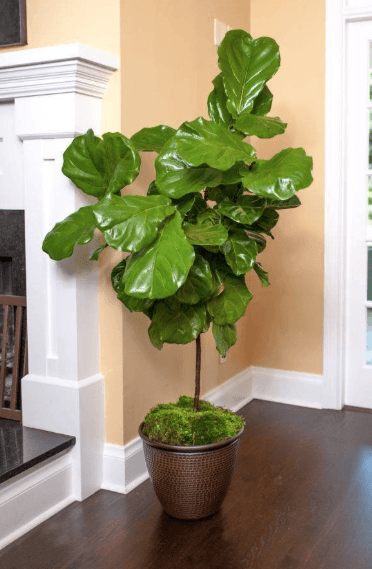
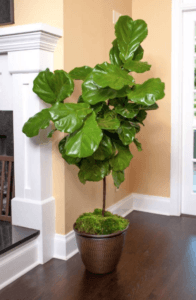 You get what you pay for is only a cliché because, more often than not, it’s true. And it’s certainly true when it comes to plants. Ask anyone who buys plants regularly and you will hear a familiar refrain: it costs a little green to get the right green. For plants destined for indoor spaces, keeping them green can be a challenge; but starting with the right plant makes it a lot easier.
You get what you pay for is only a cliché because, more often than not, it’s true. And it’s certainly true when it comes to plants. Ask anyone who buys plants regularly and you will hear a familiar refrain: it costs a little green to get the right green. For plants destined for indoor spaces, keeping them green can be a challenge; but starting with the right plant makes it a lot easier.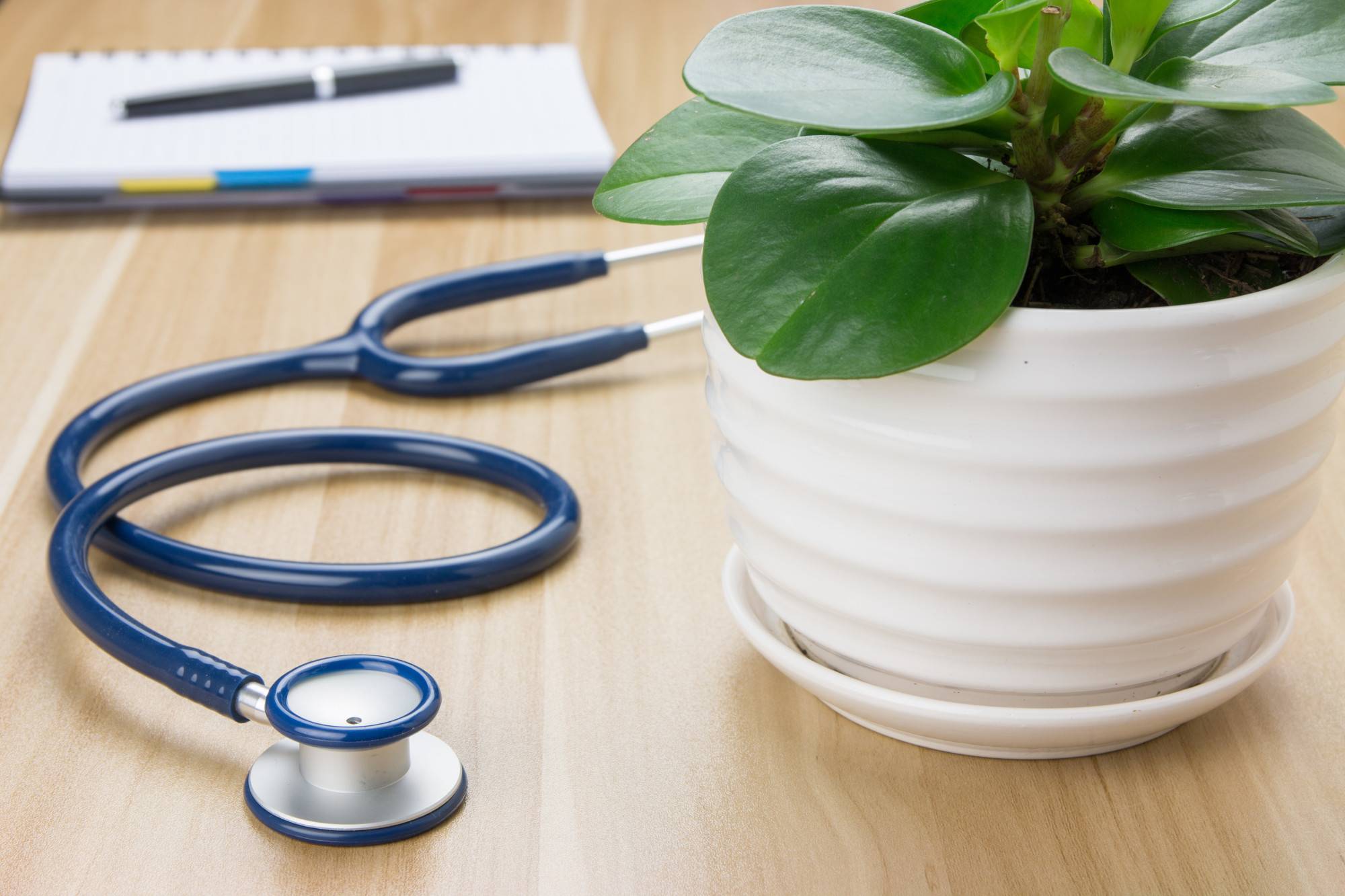
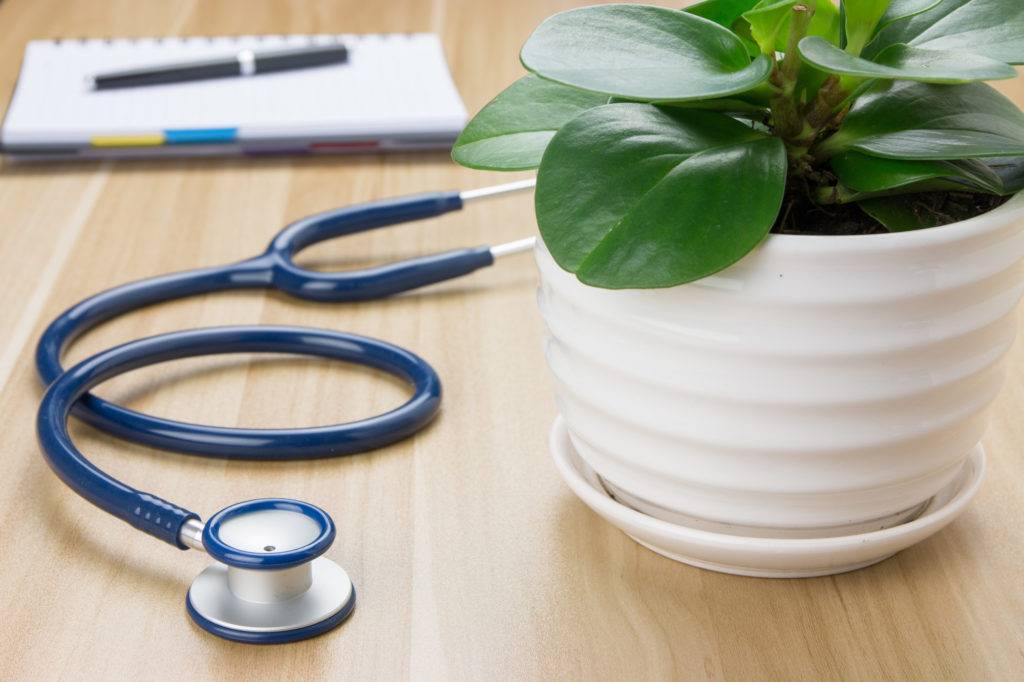
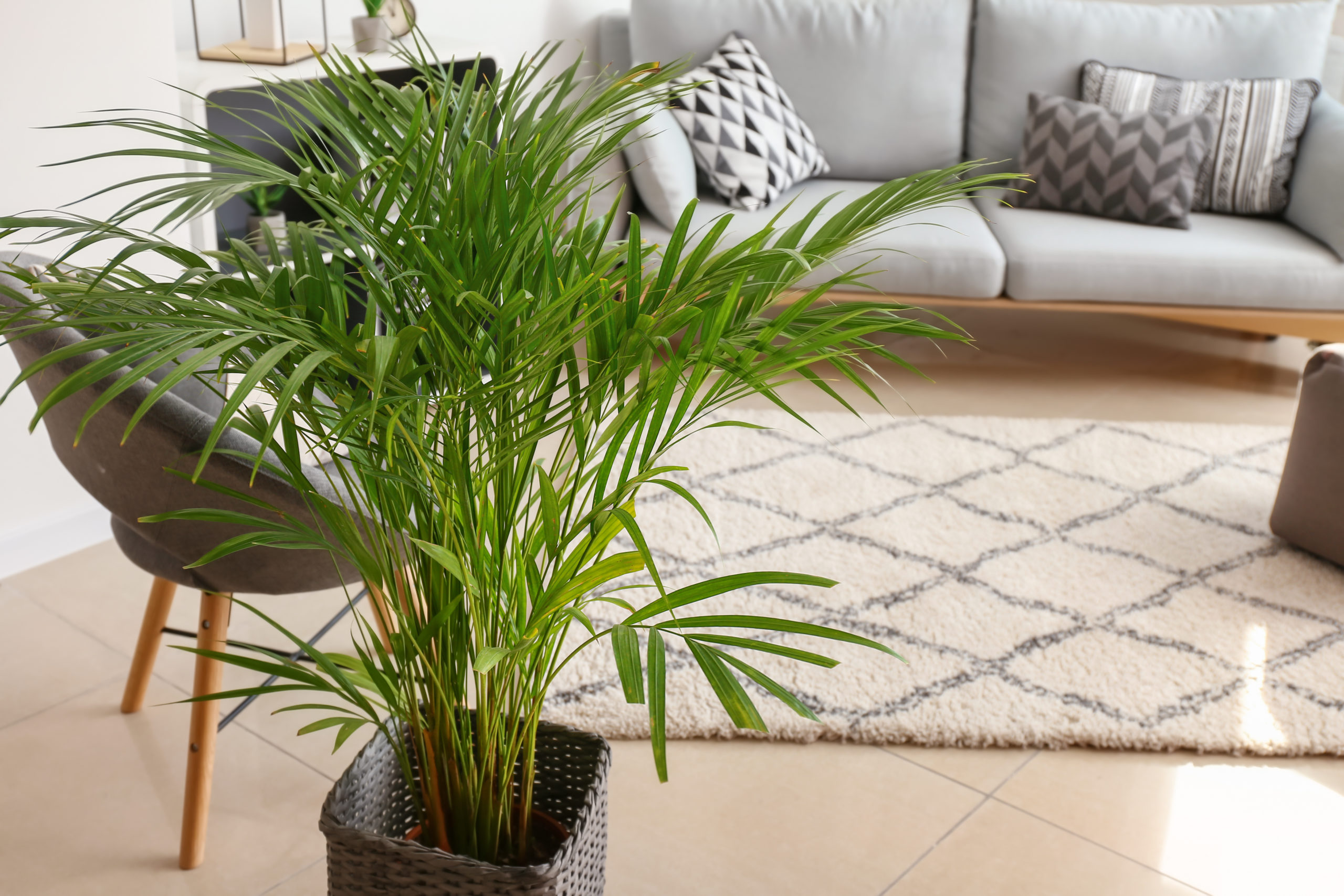
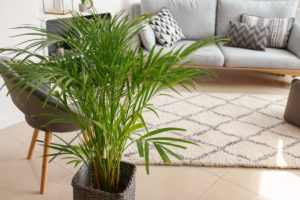
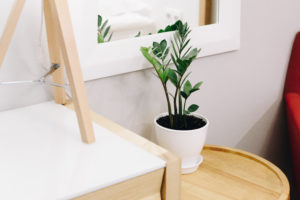

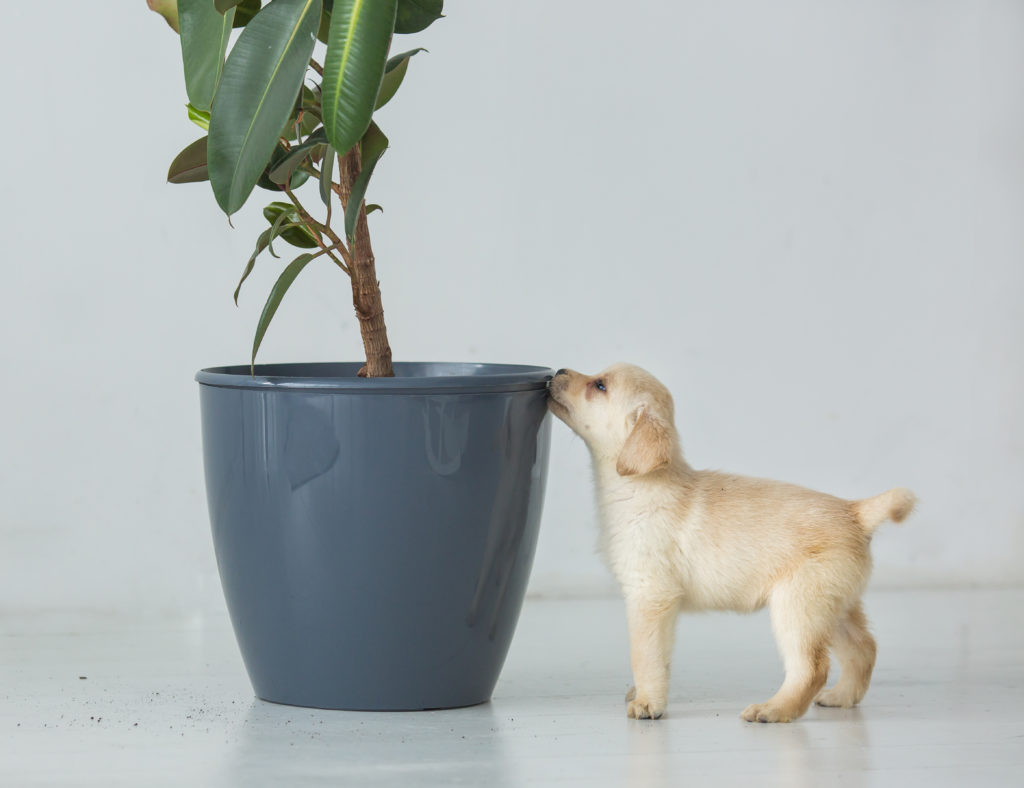 and other types of terraced housing that have restrictions on owning certain kinds of pets. This restriction creates the need for an alternative form of home companionship besides pets, and plants fill that role perfectly. On top of this, there’s a rising attitude trend among young adults towards wanting to stay independent for longer before settling down. This drive for a more independent lifestyle often makes the comparatively low-impact world of raising plants a far more attractive option for younger people than taking a puppy or kitten under their wing.
and other types of terraced housing that have restrictions on owning certain kinds of pets. This restriction creates the need for an alternative form of home companionship besides pets, and plants fill that role perfectly. On top of this, there’s a rising attitude trend among young adults towards wanting to stay independent for longer before settling down. This drive for a more independent lifestyle often makes the comparatively low-impact world of raising plants a far more attractive option for younger people than taking a puppy or kitten under their wing.
 Tampa, Florida. PLANTZ, a Tampa-based plant sales and leasing company, has successfully delivered quality indoor foliage plants to customers in each of the lower 48 states, Alaska, and Washington, DC. With a recent shipment to a customer in Wyoming, PLANTZ hit this important milestone in its quest to become the nation’s leading online distributor of indoor foliage.
Tampa, Florida. PLANTZ, a Tampa-based plant sales and leasing company, has successfully delivered quality indoor foliage plants to customers in each of the lower 48 states, Alaska, and Washington, DC. With a recent shipment to a customer in Wyoming, PLANTZ hit this important milestone in its quest to become the nation’s leading online distributor of indoor foliage. the interior environment is in vogue. Green plants pump oxygen in to the air, while filtering out airborne pollutants and volatile organic compounds. They can change the mood in a room, making people feel safer and more content. In offices, plants have been proven to reduce stress, improve productivity, and even reduce absenteeism. Aside from all that, they look nice and make people happy.
the interior environment is in vogue. Green plants pump oxygen in to the air, while filtering out airborne pollutants and volatile organic compounds. They can change the mood in a room, making people feel safer and more content. In offices, plants have been proven to reduce stress, improve productivity, and even reduce absenteeism. Aside from all that, they look nice and make people happy.